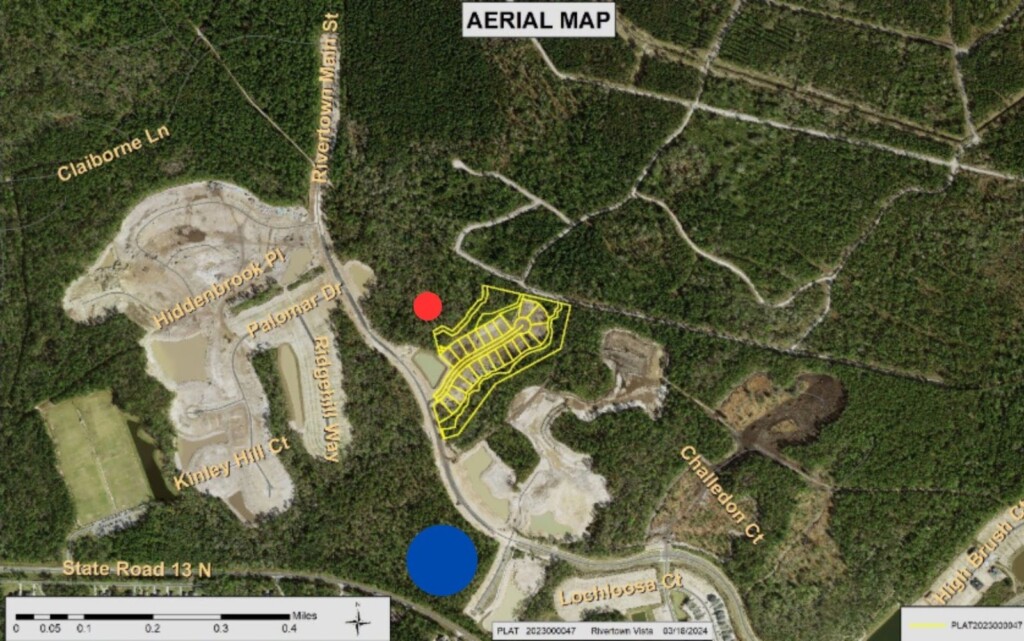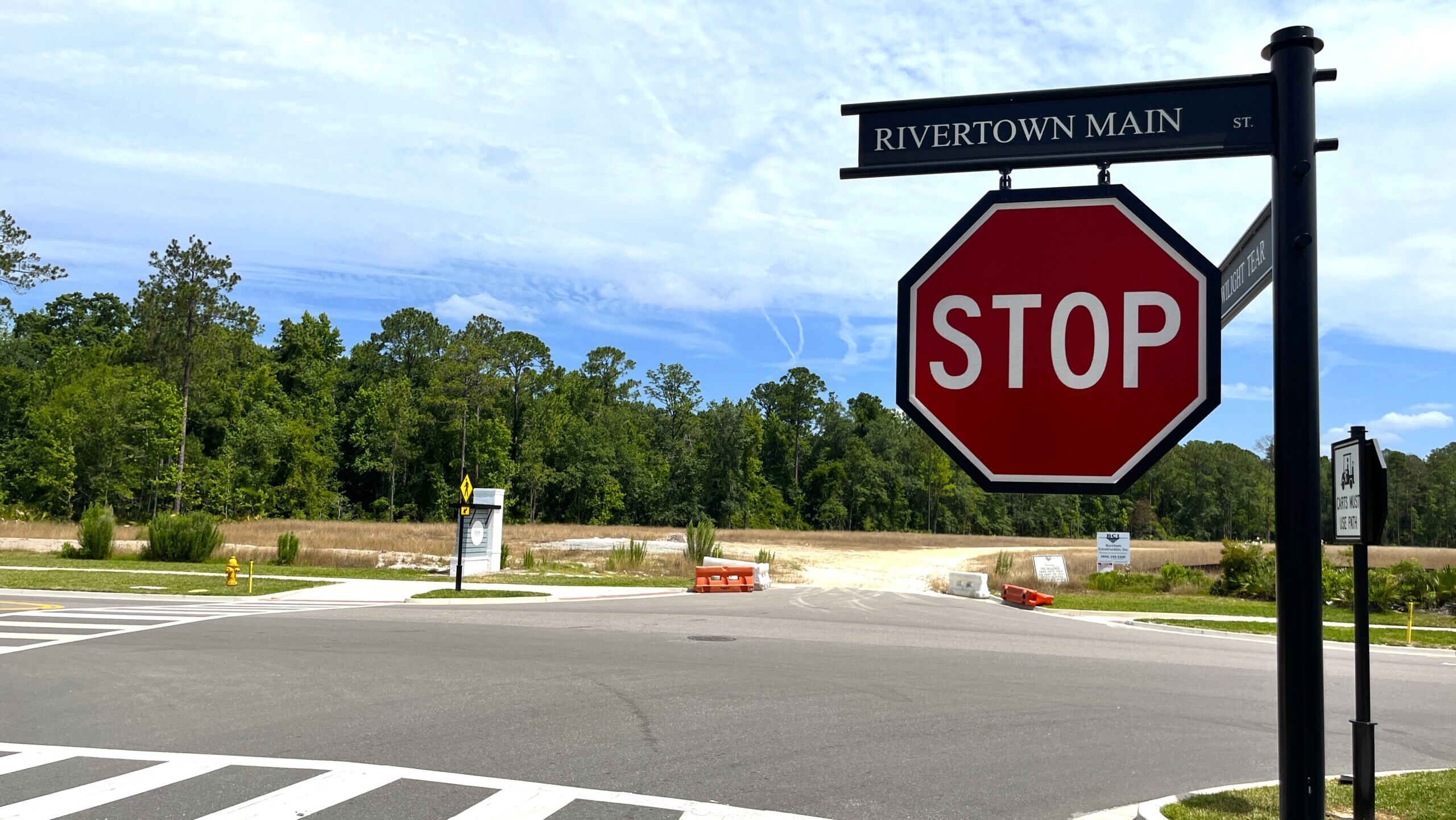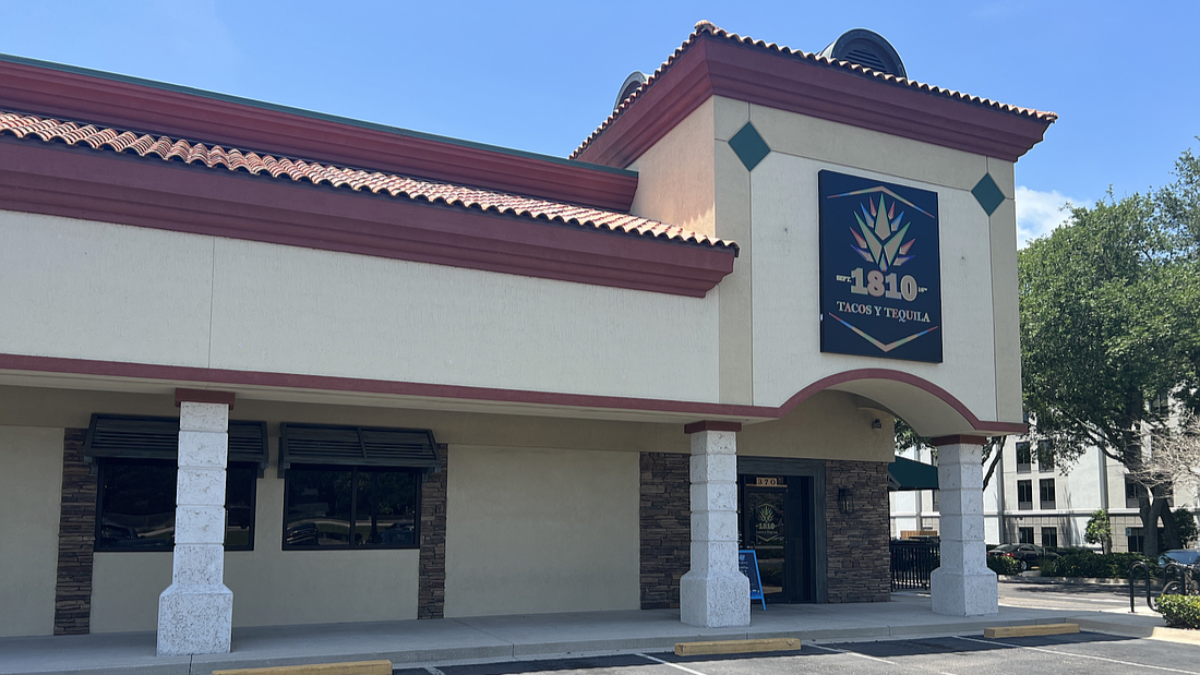More than 500 — that’s how many signatures a petition aiming to stop the construction of a cell tower in St. Johns County’s RiverTown neighborhood has amassed in a month.
Cell tower developer NexTower is following the county’s standards for construction, but some residents are worried about potential health effects in the developing area.
The petition to have the cell tower stopped argues that research into the health effects of prolonged exposure to high frequency radio waves — like those used to help mobile phones communicate to networks — simply haven’t been studied enough to definitively dispel concerns.
“We the undersigned highly oppose the possible installation of a cellphone tower across from the new RiverTown K-8 school,” petition organizer Margarita Slade writes. “We further oppose the possible installation of this cellphone tower within the RiverTown Community.”
The petitioner expresses concern about the safety of the towers and points to various studies and the testimony of a Jacksonville-based surgical oncologist about a lack of long-term studies about the effects of current wireless technology and its potential effects on people.
Jacksonville Today was unable to reach the individuals behind the petition against the RiverTown cell tower for comment.
The World Health Organization stated in 2006 that there is no reason to fear adverse health effects from cell towers (though the agency warned in 2011 that cellphones themselves are “possibly carcinogenic” when held up to our heads).
The Federal Communications Commission maintains this stance: “There is no reason to believe that such towers could constitute a potential health hazard to nearby residents or students.”
Still, some researchers aren’t 100% sure there is no reason for people to be concerned about living near a cell tower.

Big waves
Jacksonville University Professor Guangyao Chen says there isn’t any reason to be worried about cell towers. Chen is a nuclear physicist with a doctorate from Texas A&M University.
“All the cellphone towers, they’re using something we call radio frequency,” he explains. “Electromagnetic waves propagate through space, and we can send and receive information over long distances.”
Electromagnetic waves travel at the speed of light and are measured in hertz, or frequency.
Until recently, phones used the third generation of wireless communication technology — commonly referred to as 3G — and then 4G. Nowadays, faster internet speed is enabled by 5G — fifth-generation tech — which Chen says typically falls between 1 gigahertz all the way up to 70 gigahertz.
Those numbers don’t mean much to most people, he tells Jacksonville Today, unless you think about it in terms of visible light.
Light is another kind of electromagnetic wave, Chen says, and, for example, the color red is carried on waves that measure around 400 terahertz.
“The frequency of visible light is 10,000 times more than the highest of 5G frequency we’re using,” Chen says. “If people are not scared of visible light, red light, they should not be so concerned about radio frequencies emitted by 5G.”
And unlike radiation caused by X-rays and gamma rays, visible light and 5G are types of “nonionizing” radiation, he says, or radiation that lacks the power to affect our cells.
A different perspective
But what sounds like an open-and-shut case is being challenged by some researchers, including Joel Moskowitz, who has spent more than a decade studying the health impacts of wireless technology. Moskowitz has a doctorate in psychology from the University of California, Santa Barbara and serves as director at the UC Berkeley’s Center for Family and Community Health.
Speaking with WHYY in 2021, Moskowitz acknowledged his views are seen as “fringe.”
But, he argues, the government’s safety standards are based on decades-old data, and that’s because the funding for research into the effects of wireless technology ended in the 1990s.
Moskowitz tells Jacksonville Today the government’s lack of research leads to gray areas and standards set by agencies that aren’t involved in health research.
His research, he says, has led him to be concerned with the effect that proximity to cell towers could have on people’s sleep and memory.

Medical studies conducted from the 1980s on have found potential links between proximity to cellphone towers and increased rates of anxiety, memory impairment and sleep disturbance. Some studies have linked close proximity to cell towers to various cancers.
In a 2010 article in the journal Environmental Reviews, researchers Henry Lai and B. Blake Levitt recommended that cell towers be at least 500 meters from where people live and spend time.
Based on cross-referenced maps from the developer and the St. Johns County Property Appraiser’s office, the approximate site of the planned cell tower and the outskirts of the planned school in the RiverTown development are around 300 meters from each other. The closest homes are planned for less than 100 meters away.







